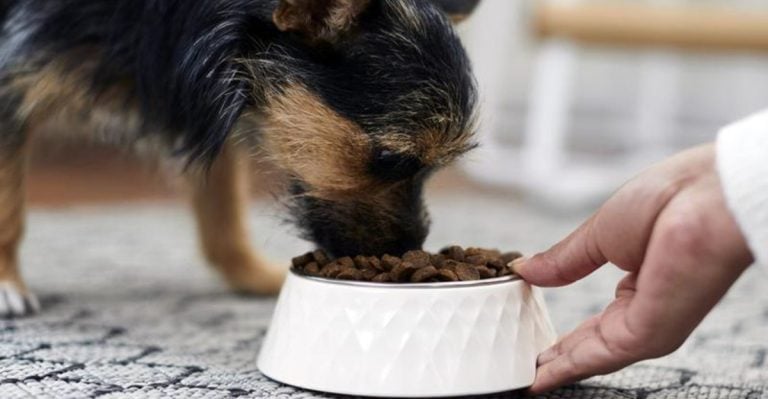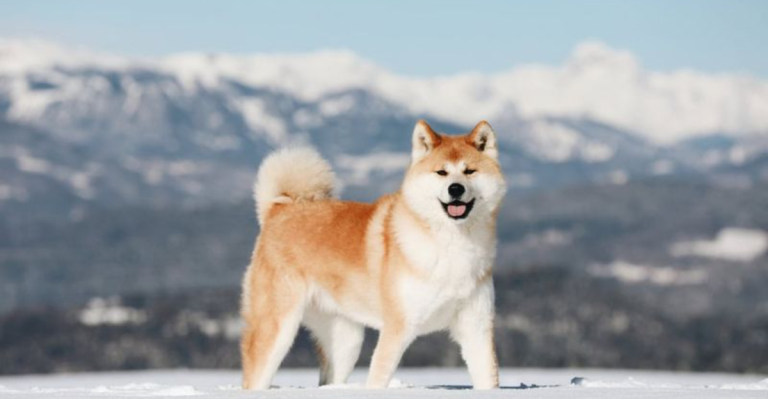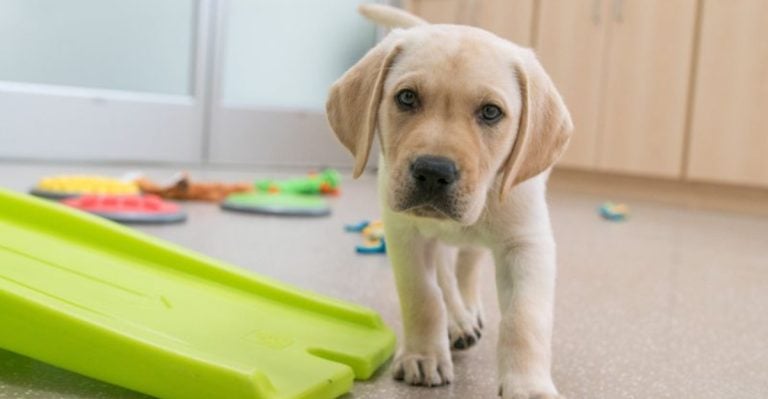These 10 Dog Breeds Struggle to Get Adopted — Here’s Why
Finding forever homes for all dogs should be easy—but the reality is far more complicated. While countless pups are adopted each year, others remain in shelters for weeks, months, or even years. The heartbreaking truth? Some breeds face significantly steeper odds.
Whether due to stubborn myths, misunderstood behavior, medical needs, or even something as superficial as size or coat color, certain dogs are consistently passed over by potential adopters. These are not “bad” dogs by any stretch—they’re simply misunderstood or mismatched with what many families think they want.
Sadly, it’s not always the hyper or aggressive dogs that get overlooked. Seniors, black-coated dogs, large breeds, or those with unique features often find themselves waiting far longer than their fluffier, trendier counterparts. And the longer they wait, the harder it can become to find them a home.
But here’s the good news: these so-called “less adoptable” breeds often turn out to be the most loyal, loving companions of all. All they need is a chance—and a person willing to look past the stereotypes.
If you’re thinking about adopting, take a moment to meet the underdogs of the shelter world. You might just find your perfect match where you least expect it.
1. Pit Bull-Type Dogs Face Unfair Stereotypes
American Staffordshire Terriers and other pit bull-type dogs often languish in shelters due to harmful myths about their temperament. These blocky-headed pups are actually known by shelter workers as “wiggle butts” because of how their whole body wags with happiness when greeting people.
Breed-specific legislation in some areas makes adoption even harder, with some communities banning these dogs entirely. The reality? Studies show pit bulls score better on temperament tests than many popular family breeds.
Most are affectionate couch potatoes who crave human company and make loyal family members. Their bad rap comes from humans who misused them, not from any inherent aggression.
2. Small But Overlooked: Chihuahuas Wait Longer
Tiny Chihuahuas, especially older ones, surprisingly struggle to find homes despite their small size and minimal exercise needs. Many enter shelters when owners underestimate their 15-20 year lifespan or can’t handle their sometimes sassy personalities.
Senior Chihuahuas face particular challenges as adopters often want puppies instead of these wise little elders. Their reputation for being nippy comes from people treating them like accessories rather than dogs needing proper training.
Chihuahuas form intense bonds with their people and make perfect apartment companions. They’re economical too—needing less food, smaller beds, and fewer toys than larger breeds.
3. Black Dog Syndrome Makes These Pups Invisible
Black dogs of various breeds often wait 2-4 times longer for adoption than their lighter-colored counterparts. This phenomenon, called “Black Dog Syndrome,” happens partly because dark fur makes facial expressions harder to read in shelter lighting and in photos.
Superstitions about black animals linger in some cultures, and black dogs frequently appear menacing in movies. Shelter photography challenges mean these dogs’ personalities don’t shine through online listings where most adopters start their search.
These ebony-coated canines are just as loving and playful as any other dog. Their dark coats actually offer practical benefits—less visible dirt and an elegant appearance regardless of breed!
4. Beagles’ Vocal Nature Leads to Shelter Surrenders
Those famous Beagle howls that sound adorable in movies become reality checks for unprepared owners. These scent hounds were bred to alert hunters with their distinctive baying, a trait that doesn’t disappear in home settings.
Apartment dwellers often surrender Beagles after neighbor complaints about vocalizations. Their powerful noses also lead them into trouble—following scents despite calls to come back, which many misinterpret as stubbornness.
Beagles need mental stimulation through scent games and secure yards with buried fences since they’ll happily dig under barriers to follow interesting smells. With proper outlets for their natural instincts, these dogs make charming, affectionate companions who love being part of family activities.
5. Treeing Walker Coonhounds: Too Much Energy for Most
Athletic and strikingly handsome with their tricolor coats, Treeing Walker Coonhounds overwhelm potential adopters with their boundless energy and hunting drive. Originally bred to chase raccoons up trees all night long, these dogs need miles of daily exercise to prevent destructive behaviors.
Their melodious howling, while beautiful to enthusiasts, creates adoption barriers in residential areas. Many end up in shelters when owners realize weekend hikes aren’t enough to satisfy their exercise requirements.
These intelligent hounds excel at canine sports like tracking and agility. Rural adopters with active lifestyles find them incredibly rewarding companions who offer unwavering loyalty and enthusiasm for outdoor adventures—they just need the right outlet for their working-dog energy.
6. Wrinkled Wonders: Shar-Peis Need Special Care
Those adorable wrinkles that make Chinese Shar-Peis distinctive require significant maintenance that many potential adopters don’t anticipate. The deep skin folds need regular cleaning to prevent infections and irritation, a task that becomes a daily commitment.
Health concerns plague the breed, with many suffering from skin allergies, eye problems, and a condition called Shar-Pei Fever. Their aloof personality with strangers, while loyal to family, means they don’t immediately charm shelter visitors.
Independent and sometimes stubborn, these ancient guardian dogs need consistent training from an early age. When properly socialized and cared for, Shar-Peis become devoted protectors with a calm demeanor and surprising cleanliness—many owners compare their housekeeping habits to cats!
7. Droopy-Faced Bloodhounds Require Commitment
Bloodhounds capture hearts with their soulful eyes and velvety ears, but their specialized care needs lead many to shelters. Those adorable jowls fling drool impressively far, requiring strategic placement of “drool towels” throughout the home.
Their powerful tracking ability means they follow their nose regardless of commands, making reliable recall challenging. Owners unprepared for this independence often surrender them when training proves difficult.
Gentle and patient by nature, Bloodhounds make wonderful family dogs for those who understand their needs. Their short lifespan (7-10 years) combined with size-related health issues creates another adoption barrier. Yet those who commit to these lovable giants find their clownish personality and unwavering friendship worth every slobbery kiss.
8. Bulldogs’ Health Concerns Scare Away Adopters
English and American Bulldogs charm with their squishy faces and stocky builds, but potential adopters often hesitate due to well-known health problems. Their brachycephalic (flat-faced) structure causes breathing difficulties, especially in hot weather, requiring air conditioning and limited exercise during summer months.
Skin fold infections, eye issues, and joint problems lead to significant veterinary expenses throughout their lives. Many Bulldogs require specialized diets and cannot exercise vigorously despite their playful personalities.
Snoring that rivals a chainsaw becomes a reality for Bulldog owners—cute at first but disruptive for light sleepers! Despite these challenges, these dogs offer incredible companionship with their affectionate nature, minimal exercise needs, and comical personalities that bring constant laughter to their fortunate families.
9. Majestic Akitas Intimidate Casual Adopters
Akitas’ wolf-like appearance and imposing size create immediate barriers to adoption, with many families feeling intimidated by their powerful presence. Originally bred as guard dogs in Japan, their natural protectiveness makes them reserved with strangers—a trait misinterpreted as aggression during brief shelter meetings.
Their strong prey drive means they often cannot live with cats or small pets. Many communities classify them as “dangerous breeds,” requiring special insurance that further complicates adoption.
Fiercely loyal to their families, Akitas form deep bonds and show surprising gentleness with their people. Their cat-like cleanliness and dignified demeanor appeal to experienced dog owners. These majestic companions simply need adopters who understand their need for early socialization and consistent, positive training methods.
10. Long-Backed Dachshunds Face Expensive Health Issues
Dachshunds’ adorable hot-dog shape unfortunately predisposes them to intervertebral disc disease (IVDD), a painful and potentially paralyzing condition. Awareness of this health concern, which affects nearly 25% of the breed, makes some potential adopters hesitate despite their charming personalities.
Their stubborn nature challenges first-time dog owners expecting immediate obedience. Dachshunds were bred to hunt badgers independently, resulting in a determined personality that requires patient, consistent training approaches.
Many end up in shelters when owners can’t afford back surgery, which can cost $3,000-$10,000. Yet these spirited little dogs offer tremendous loyalty and courage in small packages. With proper care—including weight management, limited stair use, and ramps to furniture—many Dachshunds live long, healthy lives bringing joy and mischief to their families.
















